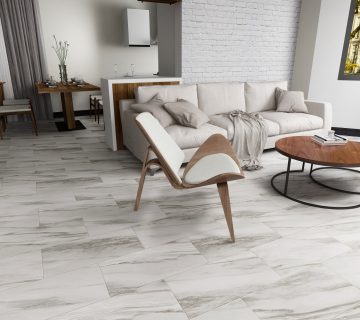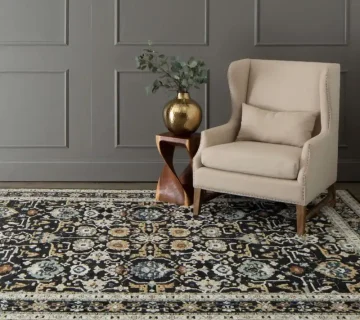Ceramic tiles are created using clay and they can be a marvelous addition of design to your home. Designs are either applied on the body of the tiles or they are either laid. The tiles are then glazed, even though unglazed tiles are also available. The patterns with ceramic tiles are created during the installation process.
Tiles are available in a number of sizes ranging from four inch to as much as 20 inches. Most of the large sized tiles are square in shape, while smaller tiles can be either square or rectangular. You can even go for a single tile that is laid out in a diamond pattern or in a right angle, which is known as a one-tile pattern.
A checkerboard pattern is a complete variation from a one-tile pattern. To create a checkered pattern you can use two different and contrasting colors like a classic white and black combination, in which the patterns can be used alternatively to form a right angled pattern. Even though you can use tiles of any size to create this pattern, but it is better to stick to square shapes.
The brickwork pattern is laid out in a pattern that resembles an ordinary brick wall. The original pattern is known by the name of running bond in bricklaying. You can use ceramic tiles of size 12 inch by 8 inch and continue to lay them from the center. The first row is lined up from one side to another. The second row is then laid in such a way that the first tile’s center lines up with the grout line that is lies between the first and the second tile. This pattern is repeated throughout the layout.
In the brick-weave two tiles are used to create the two-tile pattern. In this pattern a rectangular tile of size 6 inch by 12 inch is laid parallel to a square tile of size 12 inches. This creates a pattern of size 18 inches on the sides. Then you lay another 6 by 12 square inch tile on the side of the first pattern leaving a gap of 6 inches at the end. This second ceramic floor tile butts against the end of the first rectangular tile and the square tile in order to create a gap. A third rectangular tile is laid at right angles to the gap, with the 6 inch side being placed into the gap. This pattern is repeated continuously to achieve the brick-weave pattern.



